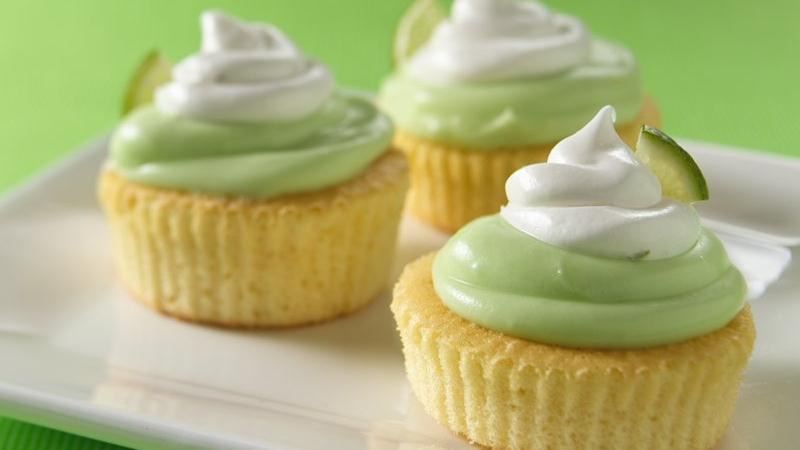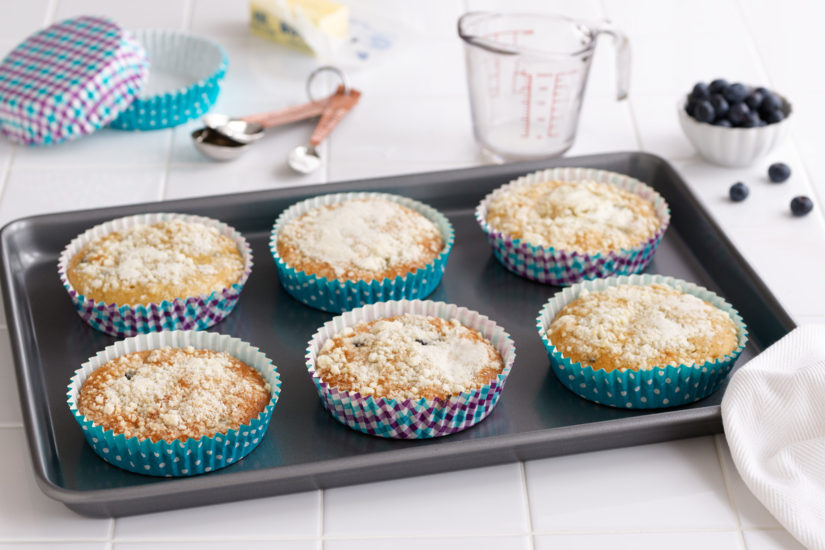Halloween is right around the corner, and that means ghosts and ghouls are upon us. Throw some werewolves and zombies in the mix, and this is the stuff of nightmares.
But as bakers, we can experience nightmares any time of year. If something goes awry when we bake, the results can be, well, spooky. Here’s a look at tips — from substitutions to storage — for avoiding scary baked goods.
Substituting:
- Read the full recipe ahead of time to ensure you have everything on hand.
- Keep in mind that baking soda and baking powder are not interchangeable.
- Adjust your substitutions to adjust taste and texture.
- Remember that there’s a science to substitutions; not all ingredients are created equal.
Mixing:
- Be sure to sift when indicated or you risk crumbly baked goods.
- Fold — don’t dump — flour into your batters.
- Do not overmix or overbeat, as it affects the density of the finished product.
Softening:
- Aim for 30 minutes of countertop time when softening butter.
- Use room-temperature butter for best results when creaming butter and sugar.
- Avoid zapping butter in the microwave.
- Set pieces of butter in a warm oven to soften if you’re in a hurry.
Heating:
- Preheat. This seems obvious, but it’s important to preheat as the recipe indicates.
- Don’t peek! Resist the urge to continually open the oven door.
- Make room. An overcrowded oven means heat is not distributed evenly.
- Use an oven thermometer to confirm that your oven is heating to the correct temperatures.
Storing:
- Store most baked goods at room temperature for a few days.
- Use an air-tight container to maintain freshness.
- Opt for fridge storage when it comes to dairy-based items.




